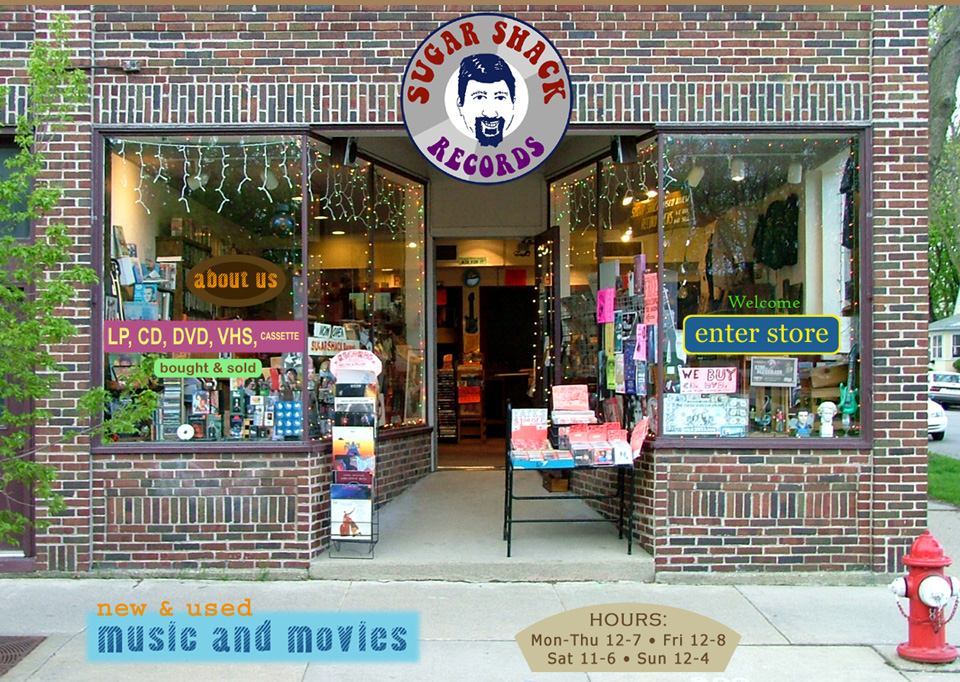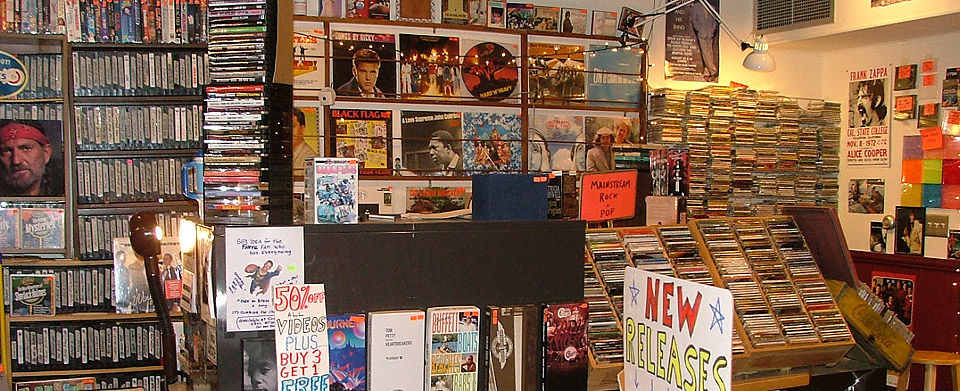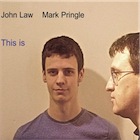
Liberetto (2012) is his latest recording and, while including John Parrucelli once again, the group switches to include Tigran Hamasyan (here called only Tigran) on piano, Arve Henricksen on trumpet, and Magnus Ostrom on drums. The match of Danielsson and Tiger is particularly a gifted one, with their emotional link and musical sensibilities the bedrock of this production. The two wrote four of the songs together, with the other eight penned solely by Danielsson. The entire recording has the same elegant lyricism and Euro-centric classicism for which Danielsson is renowned, but with Tigran it appears that the sensibilities and emotional content have been shifted up a notch, demonstrated perhaps best on the tunes "Orange Market" and Party on the Planet."
The recording begins with a very unusual cut, "Yerevan", which almost sounds like an orchestra tuning up, with one player after another coming in and out and adding layers of harmonies over the continuous sounds of the drum kit, which establishes a tempo for the song. At the end the music resolves itself as if the musicians are ready to play. Two very mellow songs follow, both using single note lines of beauty, the first by the piano and the second by the trumpet. The first, "Liberetto", moves from an upper to lower octave on the piano, at which point Danielsson picks up the melody with a rich tone. There is a very distinct feeling of classicism to this hymn-like outing, which is paired nicely with the subsequent "Day One" and its soleful trumpet lead. This quiet song is full of very nicely played instruments working together to create a pastoral sensibility.
"Orange Market" , the next song, starts out in a similar manner with a classical melody and simple instrumentation, but quickly builds in tempo and layers of sound. The dynamics are richer and the pulse of the song stronger as it is moved forward by the combined bassline and drumming. The dynamics build and when all of the instruments are engaged the sound is overwhelmingly beautiful and strongly melodic still. The song finally crests and then the denouement features a lovely synchonized guitar and piano duet as the song concludes.
The remaining eight tracks move between the pastoral, hymn-like sensibilities of the second and third cuts, and the up-tempo expressive play on "Orange Market." As noted "Party on the Planet" is another up-tempo song, ending with the "wa-wa" sounds of the guitar at its climax. Of special note is the trumpet and piano duo on the classical sounding "Hymnen", and the outstandingly beautiful accoustic guitar play on "Driven to Daylight", the highlight of John Parricelli's contribution to the recording.
Liberetto, even at its quietest, is a very intense and moving recording with some beautiful melodies and outstanding interplay among the players. Some of the songs, like "Ahdes Theme", are as pretty as any I have heard on his prior recordings on ACT, but the entire disc is full of such moments. I recommend this and his previous ACT discs to those who enjoy classical "Euro-chamber" jazz. I also encourage you to look into Tigran Hamasyan on piano, who has impressed me on several recordings as a leader.









 Roger Rosenberg (b. 1951) -- A "go-to" baritone for over three decades, Roger Rosenberg studied at Indiana University, and The New England Conservatory of Music. He has worked with a long list of the greats in jazz -- Buddy Rich, Chet Baker, Lee Konitz, Miles Davis, Quincy Jones, Gerry Mulligan, Michael Brecker, Thad Jones and Mel Lewis are just some of the names -- as well as in rhythm and blues, pop, and latin music. He played on John Lennon's "Double Fantasy" and Elvis Costello's "North", as well as recordings by Al Green, Laura Nyro, and Barbra Streisand. His sound is robust and can be both lilting or searing, but is always swinging and melodic. His playing with Chet Baker produced a live album, "Chet Baker Sings, Plays-Live at the Keystone Korner" (High Note Records 2003). Rosenberg released his first CD as leader, "Hang Time", in 2003 (Jazz Key Music) It mixes standards and originals, highlighted by his boppish ode to John Coltrane called "Trane Dance", and his special take on the old standard "Autumn in New York." His second recording as leader came in 2009, "Baritonality" (Sunnyside), with Peter Bernstein on guitar and Mark Soskin on piano. The lyrical play on "Someone to Watch Over Me" and Spring Can Really Hang You Up the Most" demonstrate what is best about his baritone playing -- the mellow, warmth of the tones really match up with the lyrics and soul of the two songs. Other songs like "Baritonality and "Birds and Trane" capture the more spirited side of the instrument, which sings in Rosenberg's hands.
Roger Rosenberg (b. 1951) -- A "go-to" baritone for over three decades, Roger Rosenberg studied at Indiana University, and The New England Conservatory of Music. He has worked with a long list of the greats in jazz -- Buddy Rich, Chet Baker, Lee Konitz, Miles Davis, Quincy Jones, Gerry Mulligan, Michael Brecker, Thad Jones and Mel Lewis are just some of the names -- as well as in rhythm and blues, pop, and latin music. He played on John Lennon's "Double Fantasy" and Elvis Costello's "North", as well as recordings by Al Green, Laura Nyro, and Barbra Streisand. His sound is robust and can be both lilting or searing, but is always swinging and melodic. His playing with Chet Baker produced a live album, "Chet Baker Sings, Plays-Live at the Keystone Korner" (High Note Records 2003). Rosenberg released his first CD as leader, "Hang Time", in 2003 (Jazz Key Music) It mixes standards and originals, highlighted by his boppish ode to John Coltrane called "Trane Dance", and his special take on the old standard "Autumn in New York." His second recording as leader came in 2009, "Baritonality" (Sunnyside), with Peter Bernstein on guitar and Mark Soskin on piano. The lyrical play on "Someone to Watch Over Me" and Spring Can Really Hang You Up the Most" demonstrate what is best about his baritone playing -- the mellow, warmth of the tones really match up with the lyrics and soul of the two songs. Other songs like "Baritonality and "Birds and Trane" capture the more spirited side of the instrument, which sings in Rosenberg's hands.


















 John Law is a 51 year old British jazz pianist and composer. He was born in London to British and Austrian parents. Just as pointed out in the blog about Aaron Goldberg, Law is another one of the many young jazz pianists who started in classical piano, in this case at age 4. With the teaching and help of a mentor, Austrian concert pianist Alfred Brendel, he was awarded a scholarship to study piano and composition at the Royal Academy of Music (1979-83), and followed that with an Austrian government scholarship to study for a year in Vienna, where he shifted from classical music to jazz. By 1990, he was working with saxophonist Jon Lloyd, and recorded his first CD, Syzygy (Leo Records). He later worked with Tim Garland, Martin Speake, Julian Siegel and others while composing, doing improvisation and avant garde concerts, and incorporating classical language into his jazz.
John Law is a 51 year old British jazz pianist and composer. He was born in London to British and Austrian parents. Just as pointed out in the blog about Aaron Goldberg, Law is another one of the many young jazz pianists who started in classical piano, in this case at age 4. With the teaching and help of a mentor, Austrian concert pianist Alfred Brendel, he was awarded a scholarship to study piano and composition at the Royal Academy of Music (1979-83), and followed that with an Austrian government scholarship to study for a year in Vienna, where he shifted from classical music to jazz. By 1990, he was working with saxophonist Jon Lloyd, and recorded his first CD, Syzygy (Leo Records). He later worked with Tim Garland, Martin Speake, Julian Siegel and others while composing, doing improvisation and avant garde concerts, and incorporating classical language into his jazz. 




